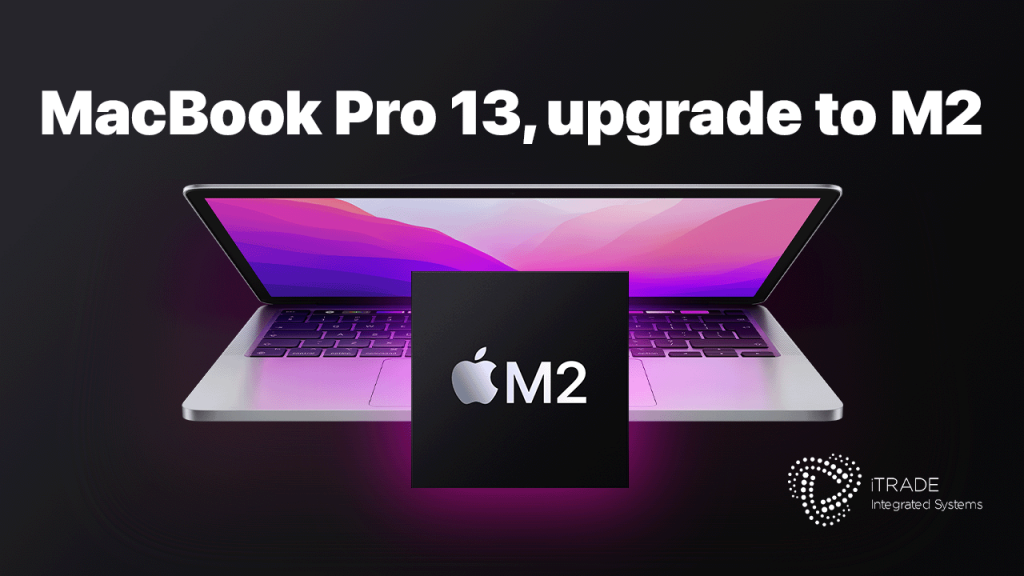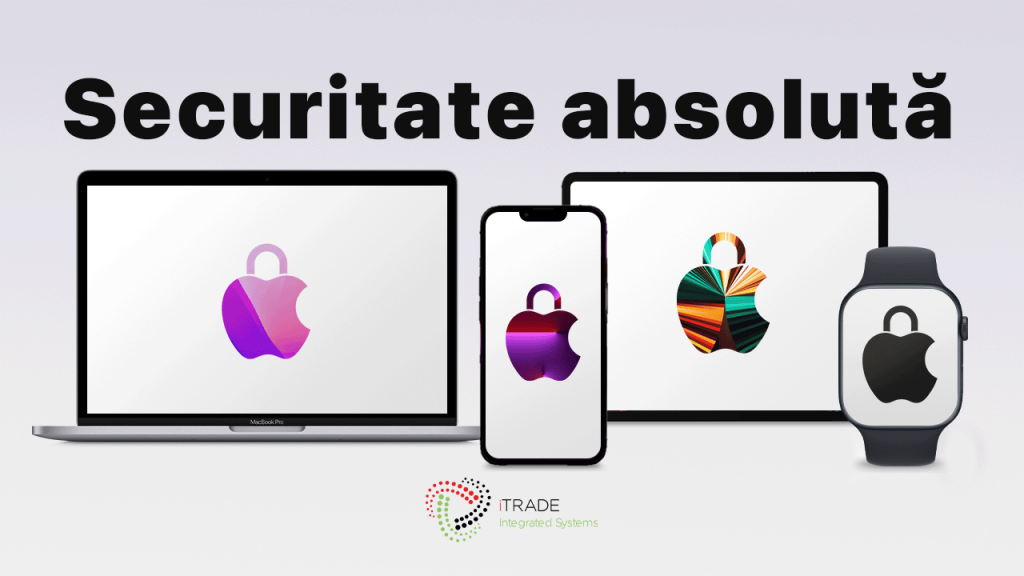Navigating Economic Uncertainty: The Strategic Imperative for IT Adaptability
The business landscape of 2025 is characterized by heightened volatility, marked by multiple legislative and fiscal changes that directly impact corporate profitability. This dynamic forces executive teams and entrepreneurs to make strategic compromises, sometimes unfavorable for the organization’s long-term vision.
In this environment of uncertainty—marked by unpredictable „Black Swan” events with massive impact—true competitive differentiation emerges through innovation, modernization, and process optimization. While conventional thinking pushes companies toward conservatism during crises, forward-thinking organizations embrace the principle of antifragility, converting market turbulence into growth catalysts. Rather than futilely seeking predictability in an inherently unpredictable ecosystem, these companies deploy IT development strategies that thrive on calculated exposure to variability.
The fundamental challenge remains: how can software companies fuel strategic innovation initiatives when financial resources are constrained? The solution, though counterintuitive to traditional thinking, lies in strategically shifting expenses from CAPEX (Capital Expenditure) to OPEX (Operational Expenditure).
For technology companies in 2025, one of the most impactful opportunities for this shift exists in how they equip their workforce. The following analysis presents a compelling case for Device as a Service (DaaS) compared to traditional capital expenditure approaches, revealing significant potential for financial optimization and budgetary flexibility.
Comparative Analysis: Transforming IT Infrastructure Investment Strategy
To illustrate these concepts concretely, we present a real-world scenario based on our experience with a mid-sized software development company. This organization manages an annual budget of €1,000,000, carefully allocated across key departments: Product Development/R&D, Product Management, Sales & Marketing, Customer Success & Support, IT Operations, Human Resources, and Finance/Administration. Within this financial framework, the company faces an essential strategic decision: how to approach hardware infrastructure renewal for its 100 employees.
This IT refresh, while appearing operational in nature, represents a pivotal strategic opportunity with profound implications for the company’s financial flexibility and competitive positioning in upcoming economic cycles.
We’ll now examine two distinct approaches to this investment decision—traditional CAPEX versus the innovative Device as a Service (DaaS) model—and analyze how this choice impacts the organization’s capacity to either constrain or catalyze sustainable growth
Scenario 1: The CAPEX Approach — Financial Constraints on Strategic Growth
The traditional CAPEX model involves direct purchase of laptops with the following first-year financial impact:
- Initial Hardware Acquisition: €142,200
- IT Support Costs: €90,000 (€75 per employee monthly for IT services and maintenance)
- First-Year Depreciation: €35,550
The Total Cost of Ownership (TCO) for hardware in the first year reaches €232,200—a substantial 23.22% of the company’s annual budget.
Here’s a detailed view of the budget allocation by department:


Scenario 2: The DaaS Transformation — Unlocking Financial Agility and Growth Potential
The DaaS alternative offers a predictable annual operational cost of €63,800 for the same 100 employees, including modern devices, comprehensive IT support services, and continuous updates. This model eliminates upfront CAPEX investment and the burden of depreciation management.
The view of the budget allocation by department:


Strategic Capital Deployment: Investing in Technology Leadership
Cu o diferență de 258.400 € în bugetul disponibil, compania are mai multe opțiuni de investiție.
With an additional €258,400 in available budget, the company gains remarkable strategic flexibility. How might a forward-thinking IT company leverage this liberated capital? Let’s explore two transformative scenarios demonstrating how this freed funding can drive exceptional growth.
The Agile SaaS Innovator: Building Tomorrow’s Market-Leading Products
For innovation-driven IT companies, capital freed by DaaS can supercharge their development engine, similar to industry leaders like UiPath (known for substantial R&D investment in intelligent automation) or Bitdefender (with relentless focus on next-generation cybersecurity solutions):
Accelerated R&D Investments
Allocating an additional €100,000 to Research & Development funds a dedicated team for developing breakthrough software products (SaaS). This covers specialized IT talent acquisition, cutting-edge development tools, and comprehensive market research.
According to OECD research, companies allocating higher percentages of their budget to R&D consistently achieve 7-12% higher revenue growth compared to industry peers, confirming the direct correlation between innovation investment and market performance.
Enhanced Product Management
An additional €50,000 investment in Product Management enables deeper market research, refined product strategies, and accelerated product roadmap execution.
Product Management Group studies reveal that organizations with sophisticated product management processes achieve a 34% higher success rate in launching and scaling new software products.
Strategic Outcome
This calculated reinvestment, enabled by IT cost optimization through DaaS, transforms the company from a service provider into a SaaS product innovator, establishing predictable recurring revenue streams and creating formidable competitive barriers through proprietary technology assets.

The Customer-Centric SaaS Champion: Dominating Market Share & Maximizing Customer Lifetime Value
Alternatively, a SaaS company facing intense competitive pressure could leverage DaaS-generated savings to strengthen market position, following the playbook of customer experience leaders like Zendesk or Canva (which heavily invest in user acquisition and retention):
Strategic Digital Marketing Expansion
Allocating €150,000 for comprehensive digital marketing and sales team growth unlocks new market segments. This powers sophisticated PPC campaigns, advanced SEO initiatives, content marketing programs, and high-impact industry events.
HubSpot research confirms that companies increasing marketing investments by 25-30% typically experience average growth of 33% in qualified leads within just six months.
Customer Experience Excellence
Investing €70,000 in Customer Success and Support enables additional specialized support personnel, advanced CRM implementation, and proactive customer onboarding programs.
Bain & Company analysis demonstrates that a modest 5% increase in customer retention rates generates profit increases of 25% to 95% long-term, through reduced customer acquisition costs and dramatically increased customer lifetime value.
Strategic Outcome
These targeted investments, made possible through DaaS-enabled financial flexibility, solidify the customer base, elevate satisfaction metrics, and drive sustainable revenue growth, ensuring lasting competitive advantage.

Additional Strategic Investment Opportunities Enabled by DaaS
- Expanding specialized technical capacity and attracting premium IT talent.
- Identifying emerging business opportunities and developing high-potential niche markets.
- Implementing sophisticated security architecture and protecting mission-critical data assets.
- Deploying advanced solutions for optimizing internal operations and enhancing productivity.
DaaS as a Strategic Growth Catalyst for Modern IT Businesses
The financial analysis presented delivers an unambiguous verdict: in the volatile digital economy of 2025, the critical question isn’t whether your organization can afford to refresh IT infrastructure, but whether it can afford to immobilize strategic capital in rapidly depreciating assets when a superior alternative exists.
Device as a Service fundamentally transforms the financial equation by converting substantial capital expenditures (CAPEX) into predictable operational costs (OPEX), liberating up to 25% of annual budget for strategic growth initiatives. This newly available capital becomes a powerful catalyst for innovation, product development, and market expansion—the defining factors for market leaders in the digital economy.
Beyond the compelling financial advantages, DaaS delivers decisive operational benefits: continuous technology modernization, enhanced cybersecurity posture, environmental sustainability, and optimized IT support for today’s hybrid work environments. All these benefits come without the administrative complexities traditionally associated with hardware infrastructure management.
For visionary organizations, DaaS represents more than a procurement decision—it’s a strategic business transformation that converts a necessary expense into sustainable competitive advantage.
Unlock up to 30% of your company’s budget for strategic projects.
Request a personalized DaaS analysis today.


